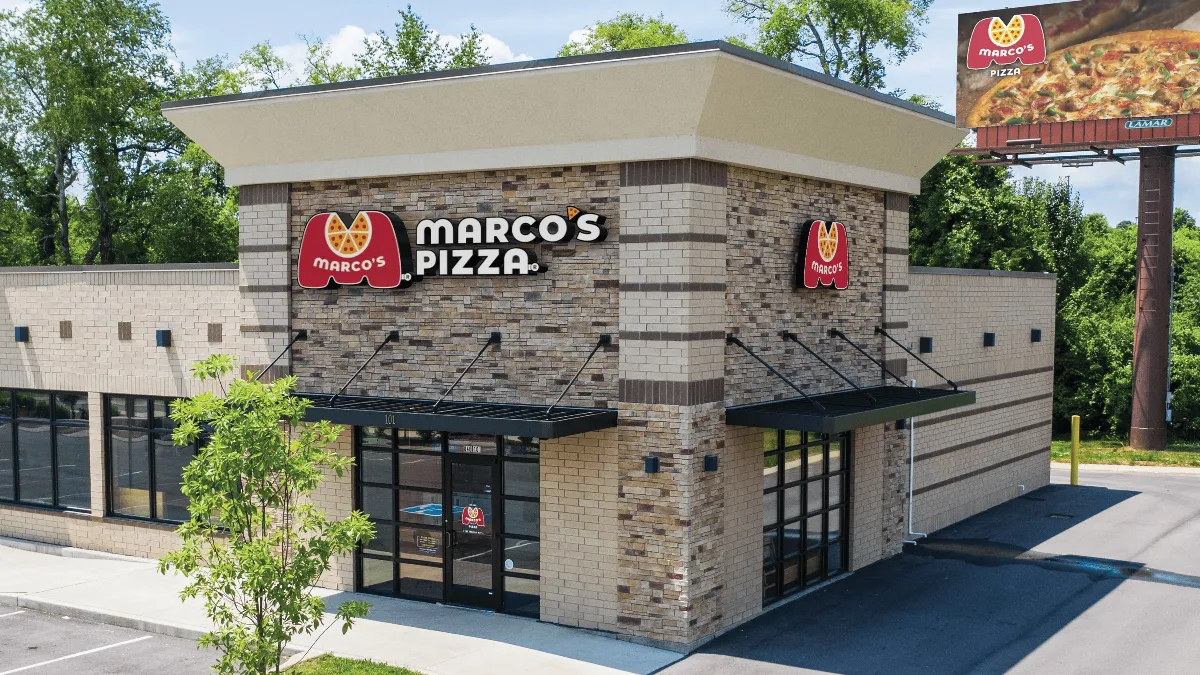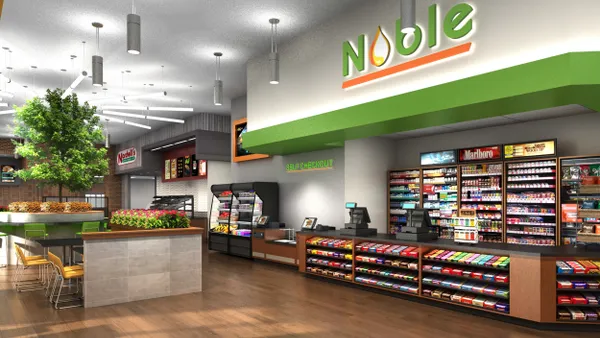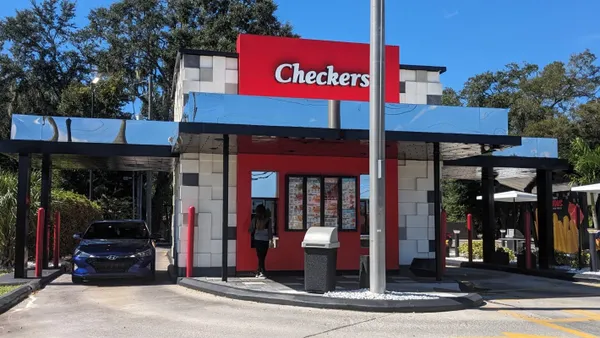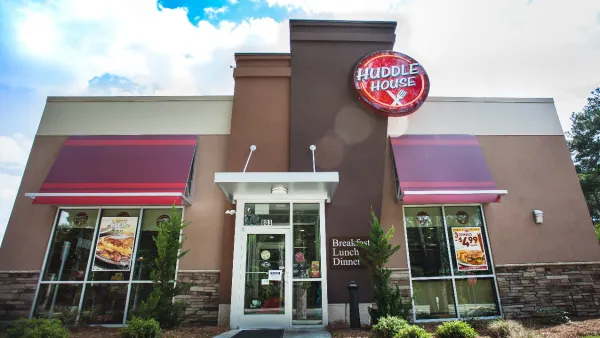Dive Brief:
- Marco’s Pizza has signed 50 franchise agreements to date this year, the company said Wednesday.
- The chain has more than 200 stores in development, and currently has 1,100 units open. Marco’s has identified 4,200 potential U.S. locations, which would give the brand a considerable path for growth.
- The restaurant’s franchising strategy is increasingly focused on multi-unit operators, according to the press release, reflecting an industry turn toward well-capitalized, multi-unit franchisees over the past two years.
Dive Insight:
Just under half of Marco’s current franchisee network consists of multi-unit owners, with the brand looking to tip that balance in favor of bigger operators.
In 2023, the company has “budgeted more than $7M to invest in qualified existing franchisees' development to further grow Marco's multi-unit ownership by 10% year-over-year,” according to the press release.
Legacy brands like Subway are seeking to transition their portfolios to multi-unit operator models, which could make it easier for franchisees to develop new stores and resist macro-economic headwinds. Growing brands, like Dave’s Hot Chicken, have also turned to multi-unit franchisees to bolster growth, taking advantage of lenders’ willingness to work with established businesses.
While Marco’s is in line with broader industry trends, at least one QSR giant has found that size is not a cure-all for franchisee problems. Burger King U.S.’s franchisee troubles have pushed the chain toward a strategy emphasizing geographical coherence among its operators, parent company Restaurant Brands International announced in May.
In addition to the mult-unit strategy, Marco’s is leaning into non-traditional development to accelerate its unit growth. This allows the pizza chain to save on development costs, given smaller square footage, which could make it possible to grow faster.
“Recently, Marco's entered into an agreement for two additional locations with AVI Foodsystems to build out nontraditional units along the Ohio Turnpike, as well as take two existing units under its corporate store portfolio,” the company said in the the press release, as an example of its non-traditional unit growth strategy.
Marco’s wants to grow outside of its traditional Ohio heartland, as well.
“We are looking to expand most aggressively in the mid-Atlantic, southeast, and southwest of the United States, in addition to internationally,” Gerardo Flores, Chief Development Officer of Marco's Pizza, said. The company’s international growth trajectory focuses primarily on Latin America, but it plans to eventually target Canada and Europe.














